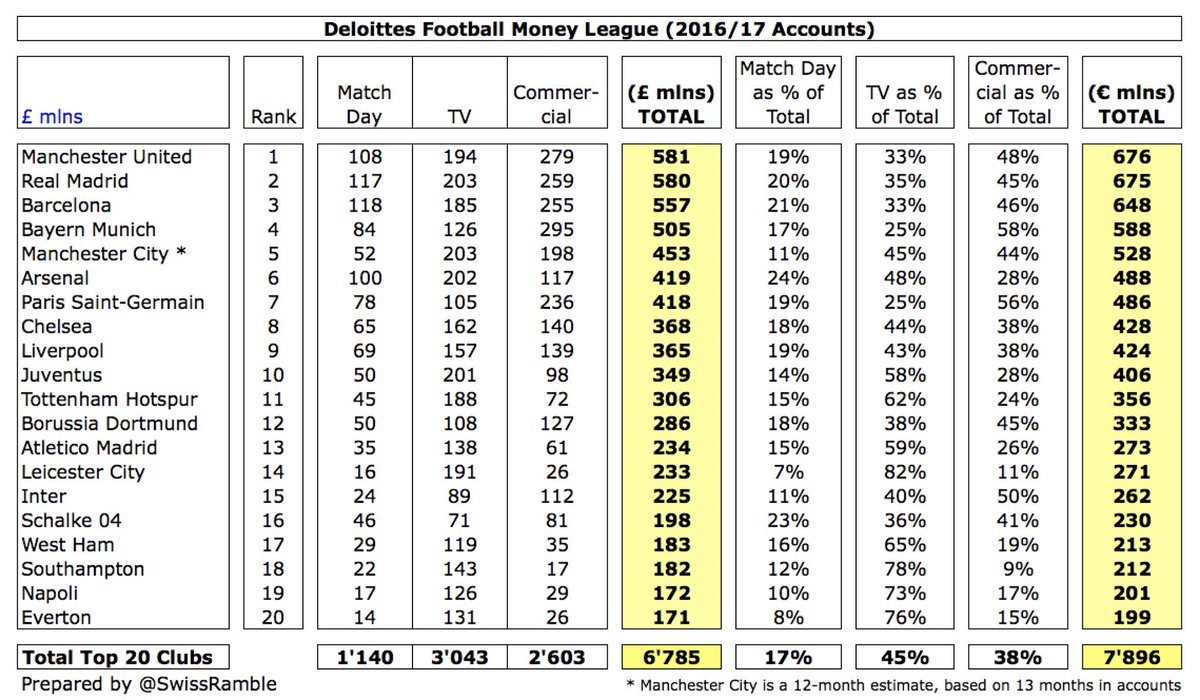Last August we published in @JAMA_current an analysis of the financial statements of Intuitive Surgical, the founders of the robotic surgical platform. Their 2018 financial statements were just released and they are fascinating.
jamanetwork.com/journals/jama/…
First, why do we care about robotic surgery?
Many well done studies have questioned its clinical benefit, a few here:
jamanetwork.com/journals/jama/…
nejm.org/doi/10.1056/NE…
jamanetwork.com/journals/jama/…
Without convincing evidence of benefit, the obvious next question becomes, how much does it cost?
Turns out that question has been hard to answer
Analyzing the companies financial statements allowed us to answer that Q. A quick recap...
By the end of 2017, 4409 platforms were installed globally, the majority of which (65%) were in the US
877k robotic procedures had been performed in 2017, 73% of which were in the US
Gynecologic procedures were the highest volume (252k), followed closely by general surgery (246k) and urology (118k)
Total revenue was $3.1B
Dividing total revenue by the number of procedures equated to $3,568/procedure
In other words, hospitals are paying Intuitive around $3600/procedure to perform robotic surgery
There are 3 tangible costs of using a robot...
Buying the system -- the average sale price is around $1.5M
Maintaining/servicing the system -- annual contracts run ~ $100k-200k
Buying the instruments/accessories for the system
Of the $3,568/procedure, $1866 was for instruments/accessories, $1038 was for buying the system, and $663 was for maintaining the platform.
So instruments/accessories account for over half of costs
Why are instruments/accessories so expensive? One reason is that Intuitive builds in a locking mechanism into many of its devices so they cannot be used more than 10 times. We are not aware of clinical evidence supporting this limit.
Finally, how large is $3568?
The OR is expensive, but supplies generally account for a small fraction of OR costs
Open surgery often only uses a few hundred dollars worth of supplies, and laparoscopic surgery may use around $1000 worth of supplies
So $3568 is a large jump
That wraps up the old paper
What's new in 2018?
By any objective measure, intuitive had their best year yet
They shipped an additional 926 robots around the world, 581 of which were in the US
They now have nearly 5000 platforms installed globally
Total revenue increased from 3.1B to 3.7B
Their profit was 1.1B
For the first time, total procedures topped 1M (1,037,000) with 753K performed in the United States
General surgery (325k) now trumps all other disciplines - gynecology (265k) and urology (128k)
Once again, dividing total revenue by total procedures, the average revenue per procedure was $3,591
One interesting statistic that did not make it into the original paper due to space limitations
Many have argued that over time, volume/platform will increase and therefore costs will come down
So in summary...
Robotic surgery cost at least $3.7B to the healthcare system in 2018
This only includes tangible costs, and does not include costs such as infrastructure upgrades, staff training etc...
General surgeons are the leading users, far outpacing gynecology and urology
And the cost per procedure remains at nearly $3600
Would love to hear people's thoughts!
@EricTopol @JAMASurgery @JAMA_current @HealthNewsRevu @ehlJAMA @forbeshealth @WSJ







